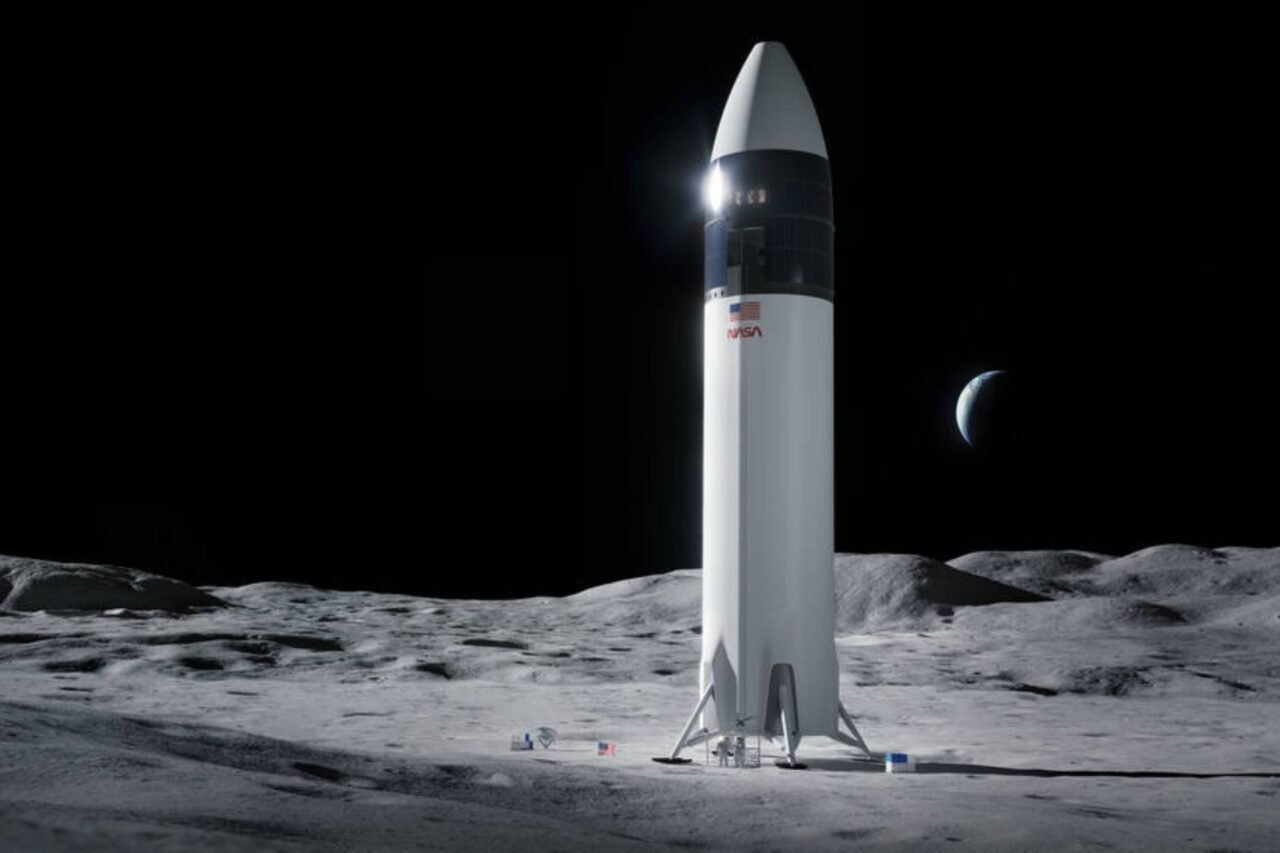SpaceX is under increasing scrutiny regarding its ability to deliver the Starship spacecraft for NASA’s Artemis 3 mission, which aims to land astronauts on the Moon in mid-2027. Concerns have emerged from both current and former NASA officials about the company’s progress, particularly following delays in the development of the Human Landing System (HLS). On October 20, acting NASA Administrator and U.S. Transportation Secretary Sean Duffy announced plans to open the contract to competitors, highlighting the multiple setbacks in SpaceX’s timeline.
Speaking at the American Astronautical Society’s von Braun Space Exploration Symposium, former NASA Administrator Jim Bridenstine supported Duffy’s decision, affirming that it was a necessary step. In stark contrast, SpaceX CEO Elon Musk publicly criticized Duffy’s remarks, asserting that Starship remains the only viable option for transporting astronauts to the Moon.
Challenges in Development
NASA selected SpaceX in 2021 to provide the first crewed lunar lander for the Artemis program. SpaceX has since been developing a modified version of Starship, known as the HLS, which is designed to transport astronauts to and from the lunar surface. However, the project has faced significant delays, particularly due to three failed test flights of the Starship prototype. The next iteration, Starship Version 3, is not expected to debut until sometime in 2026. This timeline leaves SpaceX with a tight window of less than 18 months to finalize the rocket and HLS for the planned Artemis 3 launch.
In a recent statement, SpaceX announced it has achieved 49 milestones related to the development of subsystems and infrastructure necessary for lunar landings. These accomplishments include advancements in landing legs, docking adaptors, and testing of Raptor engines. However, many crucial milestones still depend on successful test flights, with a flight-capable HLS cabin currently under fabrication.
Future Prospects and Competition
Despite the setbacks, SpaceX remains optimistic about its progress. The company emphasized that Starship is crucial for establishing a permanent human presence on the Moon. In light of NASA’s increasing pressure, SpaceX is exploring a “simplified” mission architecture that could accelerate the return to lunar exploration while enhancing crew safety. Details about this new approach have not yet been disclosed, and it is uncertain whether it will restore NASA’s confidence in SpaceX’s capabilities.
If NASA reopens the contract, competitors such as Jeff Bezos’s Blue Origin could potentially vie for the opportunity to provide lunar landing services. However, as of now, NASA has no formal plans to select an alternate provider. SpaceX continues to express its commitment to the Artemis program, asserting that it shares the goal of returning humans to the Moon expediently.
As SpaceX navigates these challenges, the focus remains on whether it can meet the ambitious timeline set forth by NASA. The stakes are high, and the coming months will be critical for both SpaceX and the future of lunar exploration.







